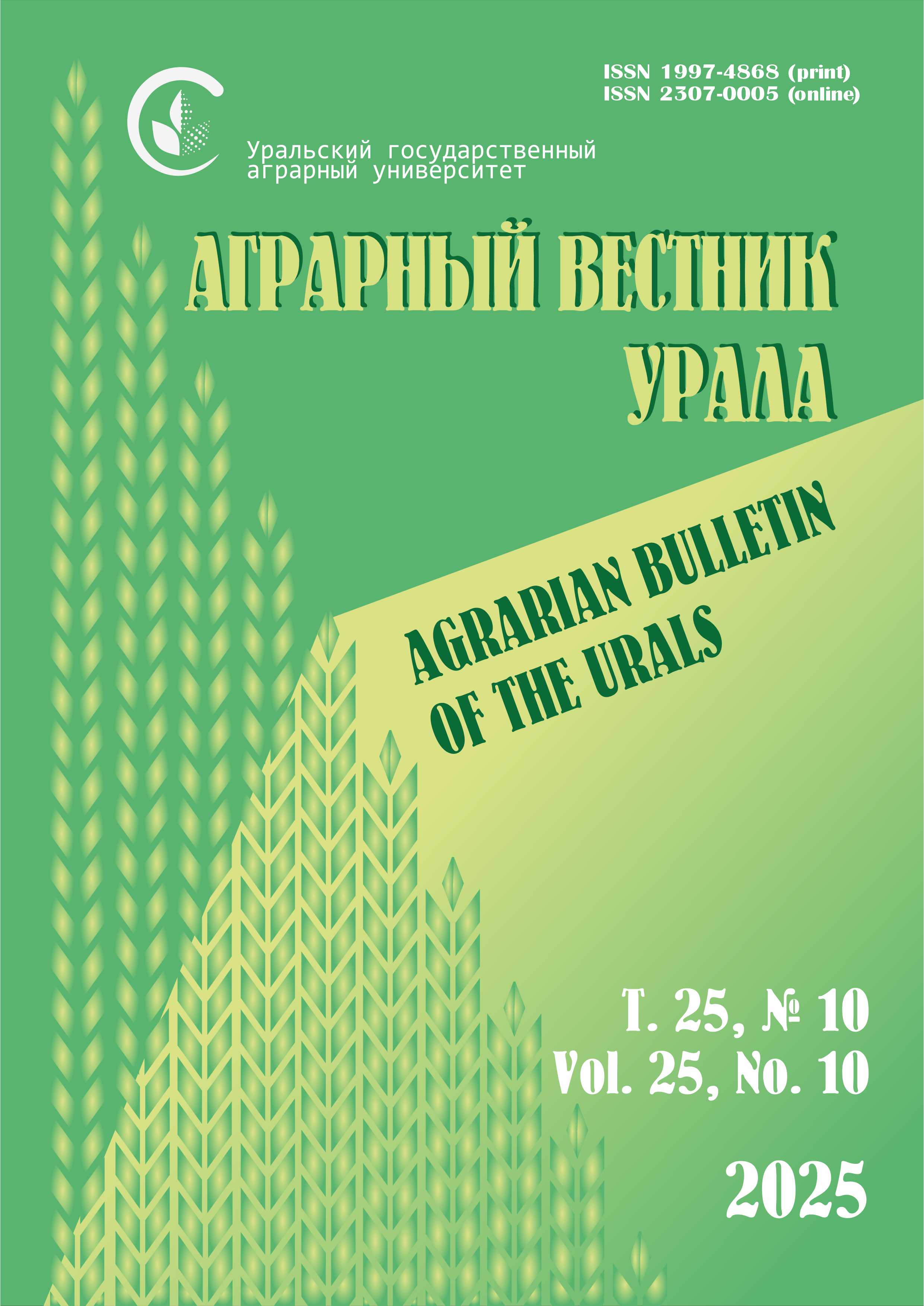Authors:
V. A. TIMKIN, candidate of technical sciences, associate professor, professor,
Ural State Agrarian University (42 К. Liebknekhta, 620075, Ekaterinburg; e-mail: This email address is being protected from spambots. You need JavaScript enabled to view it.).
Abstract. This article discusses the definition of osmotic pressure of food environments on the example of fruit and vegetable juices, whey and lactose. The method of determination of osmotic pressure, developed by the author, as well as the results obtained are presented. It is shown that the most preferred method of determining the osmotic pressure for food media is a dynamic method. However, the application of this method in practice requires compliance with some features inherent in the reverse osmosis process and extremely complex structure of the product under study. Taking into account these features required the development of a scientifically based methodology for experiments to determine the osmotic pressure of complex composition of food media. To determine the osmotic pressure, it is proposed to experimentally construct a dependence V(P), and extend the linear sections of the graph to the intersection with the pressure axis. It is determined that the osmotic pressure of fruit and vegetable juices has values between the values of the osmotic pressure of glucose and sucrose. Juices with a high glucose content (blackcurrant and apple), juices with a high sucrose content (carrot and beet) have a higher value of osmotic pressure. It is shown that the osmotic pressure of the curd and cheese whey are close in their values. A slight discrepancy is due to the fact that the curd serum contains more minerals that have a significant impact on the osmotic pressure of the solution. It is shown that the osmotic pressure of lactose, obtained from cheese curd and whey, almost identical in their values. The analysis of the above dependences showed that the osmotic pressure of food media tends to rise sharply at concentrations above 20–25 % SV. This factor, in our opinion, should be taken into account when choosing equipment for industrial membrane plants. It is determined that by increasing the concentration of food media, it is possible to achieve such a value of osmotic pressure, which creates unfavorable conditions for the development of microorganisms.
Keywords: osmotic pressure, reverse osmosis, fruit and vegetable juices, whey, lactose, ultrafiltration, concentrate, permeate.
Download the full text of the article.












